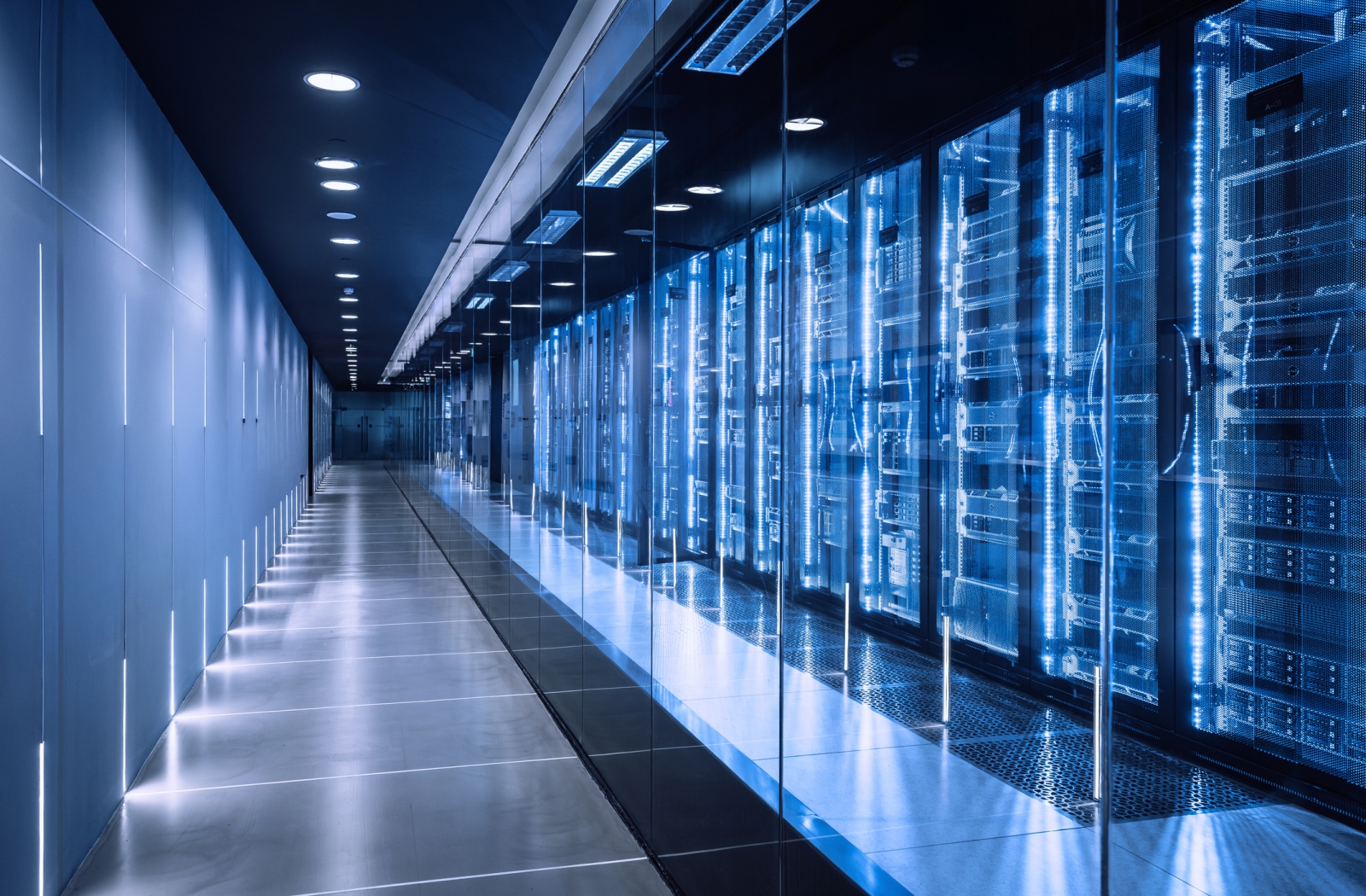
Taiwan’s new rules mandate that large-scale data centers consuming 5 MW or more obtain approval for their energy-use plans before construction. (Photo: iStock)
As electricity demand from the AI industry surges, Taiwan’s Ministry of Economic Affairs (MOEA) has amended several regulations to bring large-scale data centers under stricter energy efficiency oversight. Under the new rules, which take effect on November 5, any new or expanded data center with an energy use of 5 MW or more, including hyperscale and colocation facilities, must submit an energy-use plan for approval before construction.
According to Shih-hau Chen (陳詩豪), Director of the Fifth Research Division at the Taiwan Institute of Economic Research (TIER), the policy is unlikely to dampen international tech giants’ interest in building data centers in Taiwan.
Taiwan sets PUE cap at 1.3 to align with international standards
Taiwan’s standards draw from Japan, Singapore, and the EU, using Power Usage Effectiveness (PUE) as the main benchmark, said Chih-wei Wu (吳志偉), Deputy Director of the Energy Administration. The PUE cap is set at 1.3 for hyperscale data centers and 1.4 for colocation centers.
The EU’s Code of Conduct for Data Centres recommends a PUE target of 1.3, while Germany aims to reach 1.2 by 2026. Singapore already enforces a 1.3 limit. Chen noted that Taiwan should reference Singapore’s standards rather than Europe’s, given its similar climate and higher cooling demand.
.jpg) Taiwan’s standards draw from Japan, Singapore, and the EU, using Power Usage Effectiveness (PUE) as the main benchmark. (Photo: iStock)
Taiwan’s standards draw from Japan, Singapore, and the EU, using Power Usage Effectiveness (PUE) as the main benchmark. (Photo: iStock)
The revised framework requires data center operators to provide detailed descriptions of their process technologies and comply with seven key evaluation criteria, including:
- Information equipment selection: Ensure that IT equipment aligns with the airflow direction of the server racks.
- Software service configuration: Plan for software backup support.
- Data management: Reduce the number of data backups.
- Cooling system: Design hot and cold aisles and adopt liquid cooling technology.
- Power system: Use high-efficiency uninterruptible power supply (UPS) systems with energy-saving modes.
- Energy monitoring and management: Implement an energy management system.
- Overall energy efficiency: Meet the required annual average overall energy efficiency standard.
Beyond the seven evaluation areas, the review will also cover about 120 technical utility items to verify design efficiency. Chen explained that these items serve as a design validation checklist to ensure operators adopt the latest, most energy-efficient technologies at the planning stage, instead of solely relying on final performance indicators.
Industry welcomes new rules, foreign investments remain unaffected
Chen said the new requirements are reasonable and not technically demanding, with most companies responding positively. Because colocation providers have limited control over client equipment, their standards are slightly more flexible.
The new rules will not apply retroactively to existing facilities, but some operators of older sites have expressed interest in voluntary participation to qualify for a five-year exemption from the annual 1.5% energy-saving target.
Wu emphasized that the amendments aim to embed energy-efficient design early in construction, improving data center performance and aligning Taiwan with global trends. He added that the 5 MW threshold for review is consistent with international norms.
Chen noted that Taiwan’s PUE cap is well within reach for major global operators. “For international players, this isn’t a technical hurdle and won’t affect their plans to invest in Taiwan,” he said.
By comparison, major cloud providers already outperform these benchmarks: Google’s global data centers averaged a PUE of 1.09 in 2024, while Microsoft has set a target below 1.2.
Read more: Race to green data centers: Three low-carbon trends as AI reaches GW scale
.jpg)

